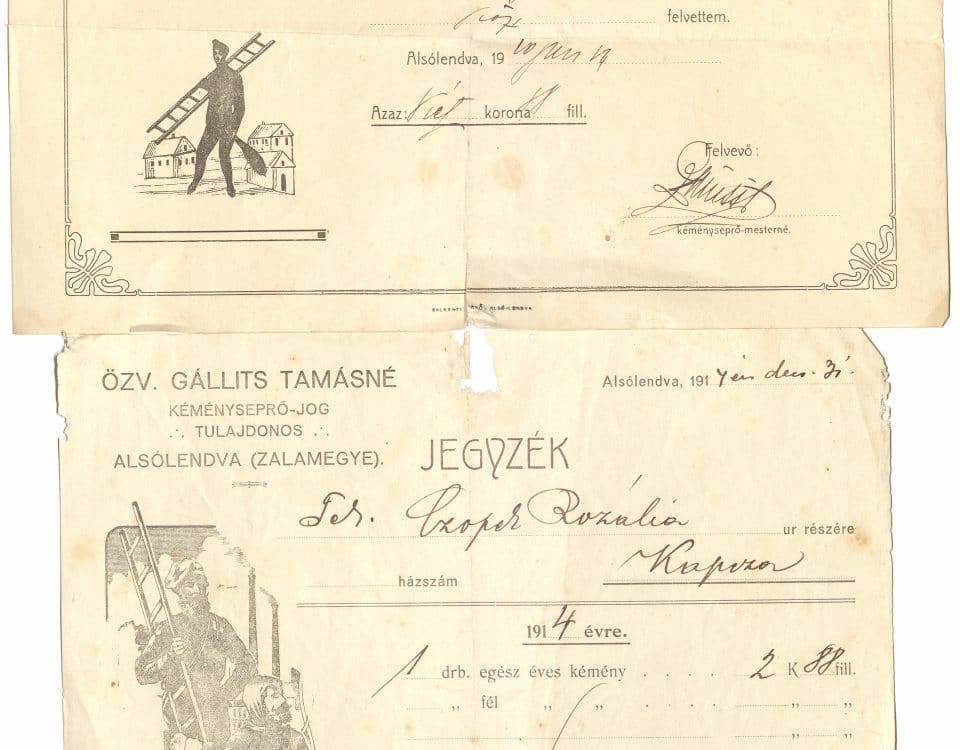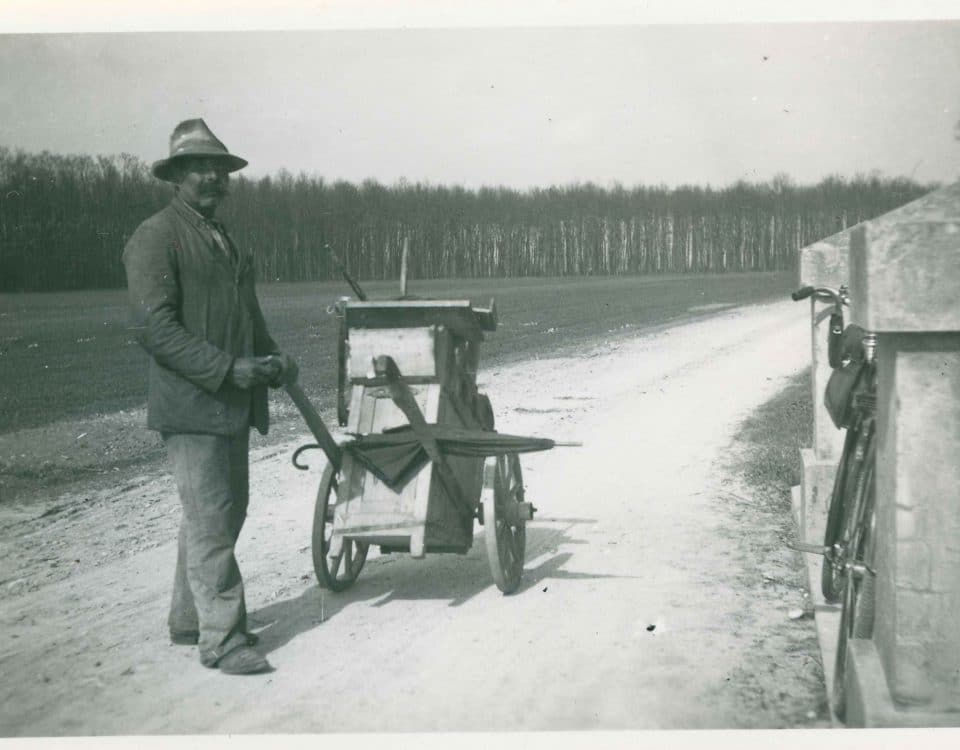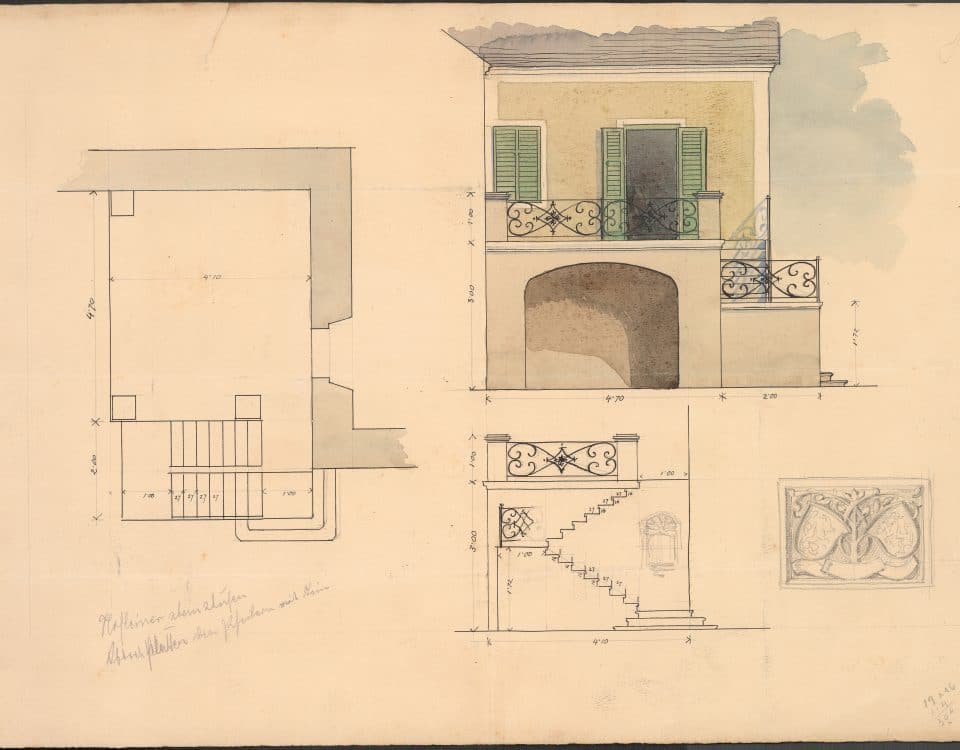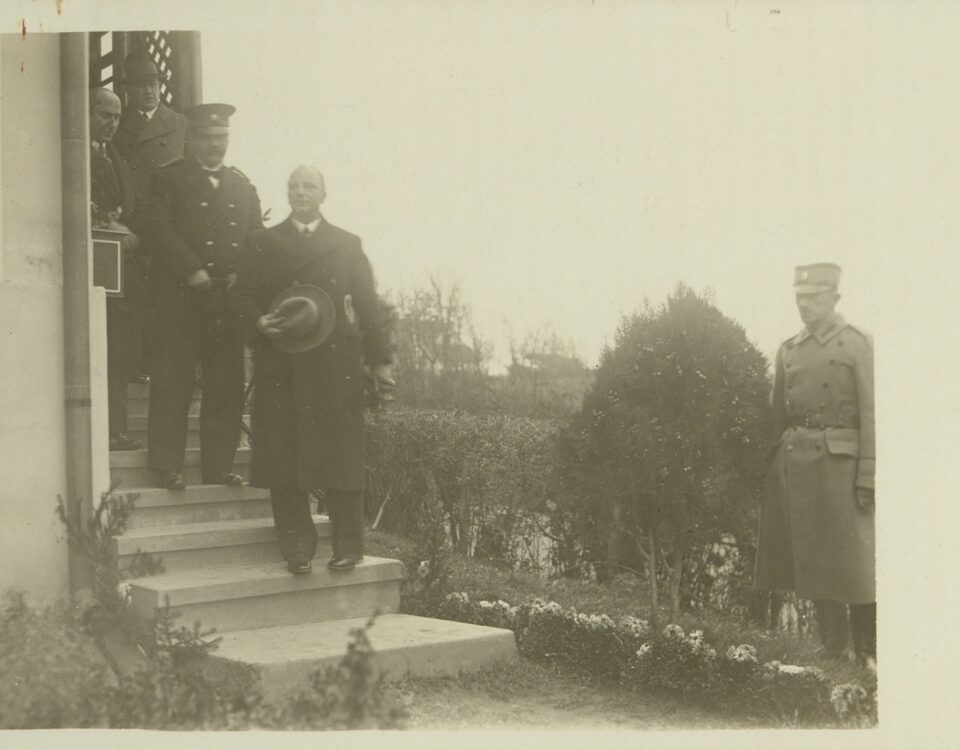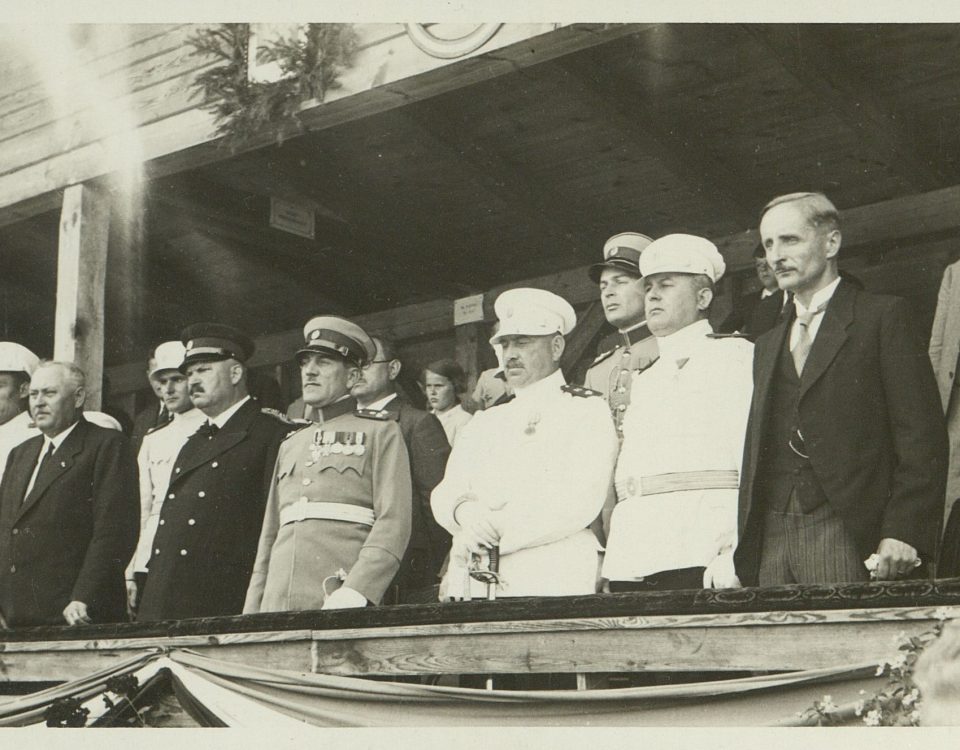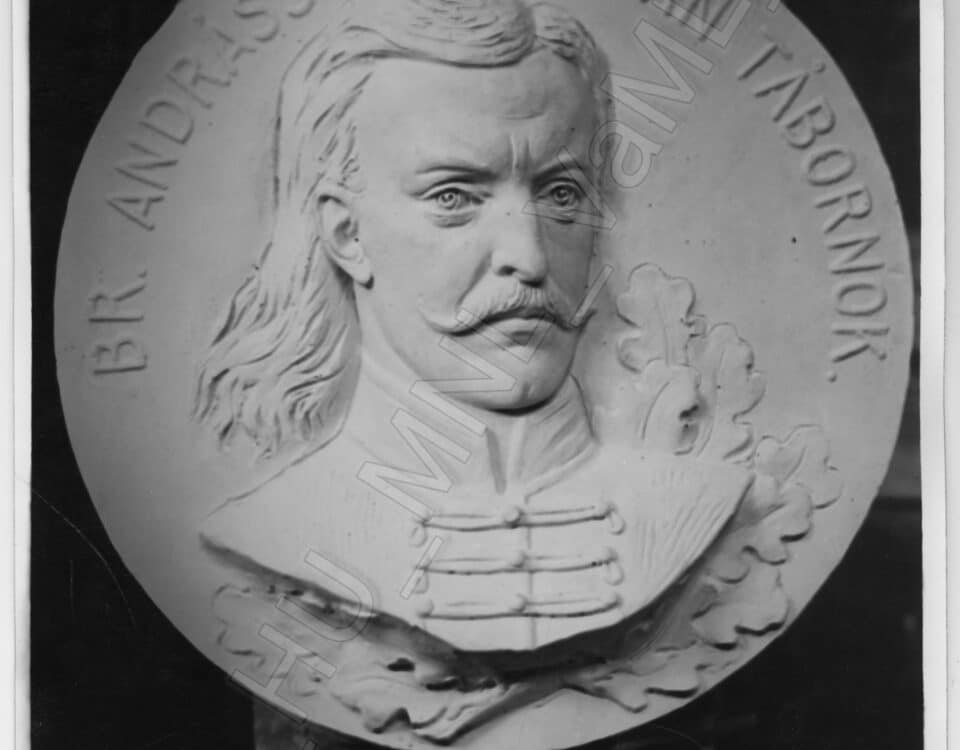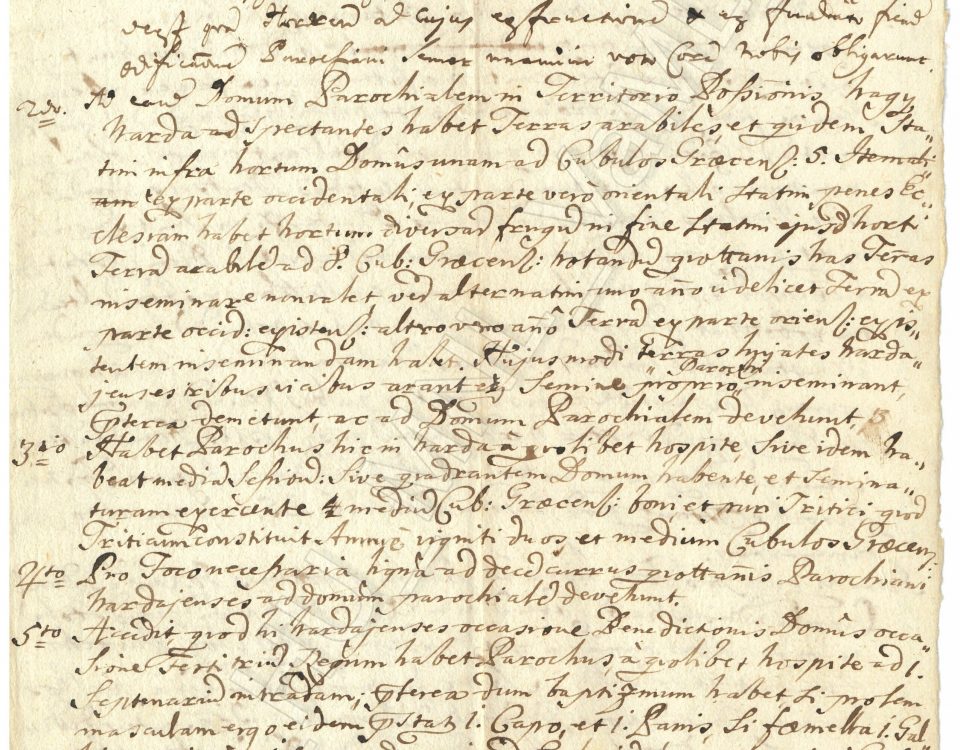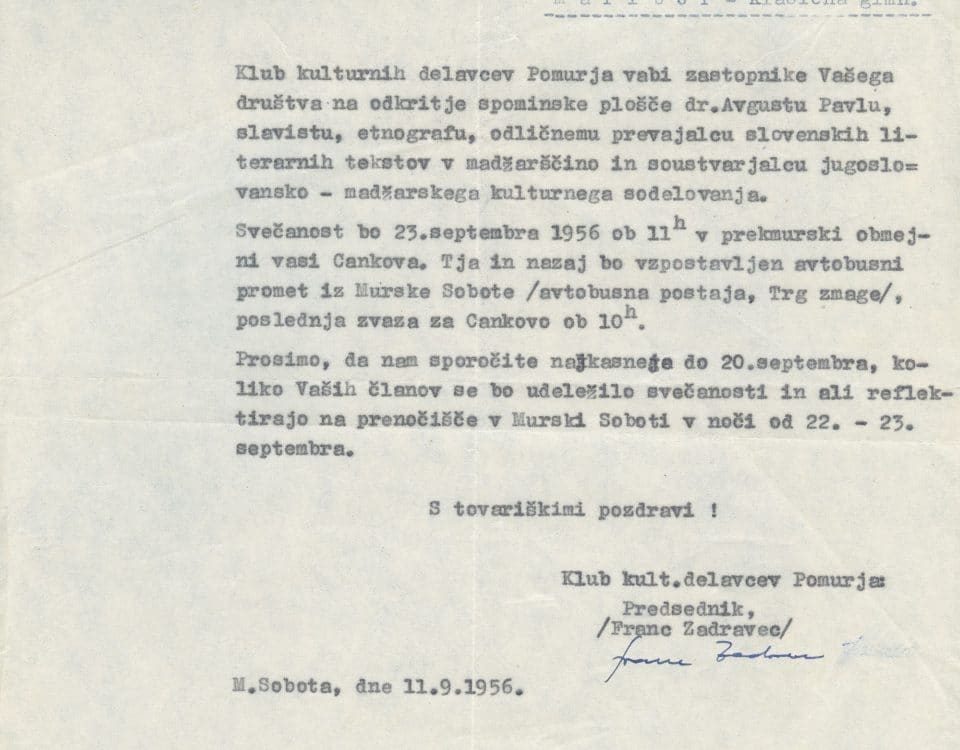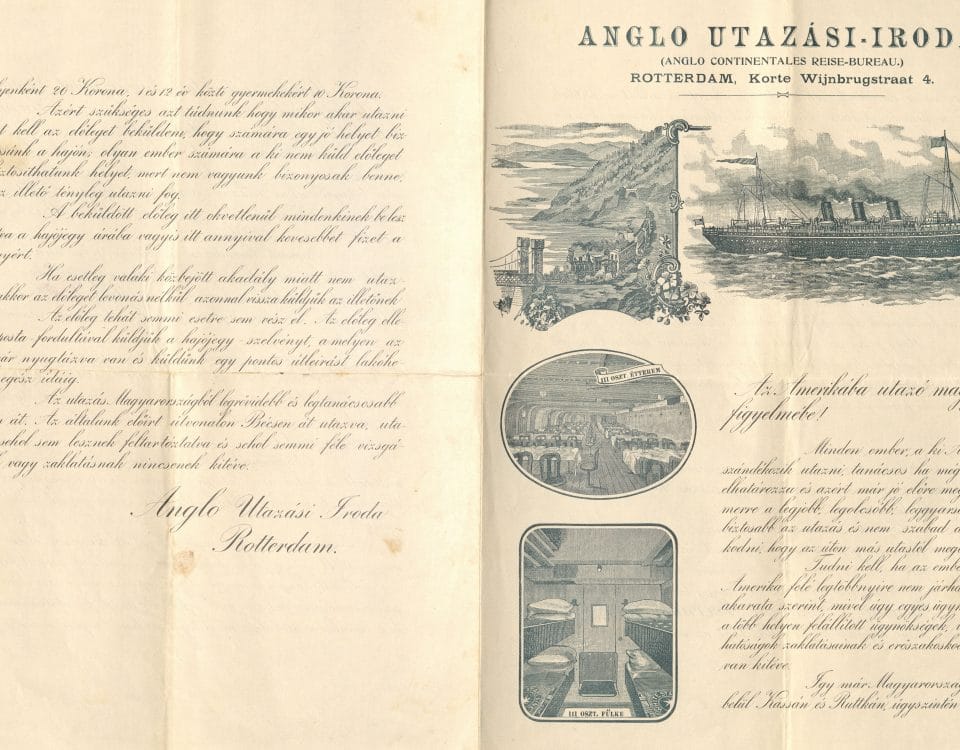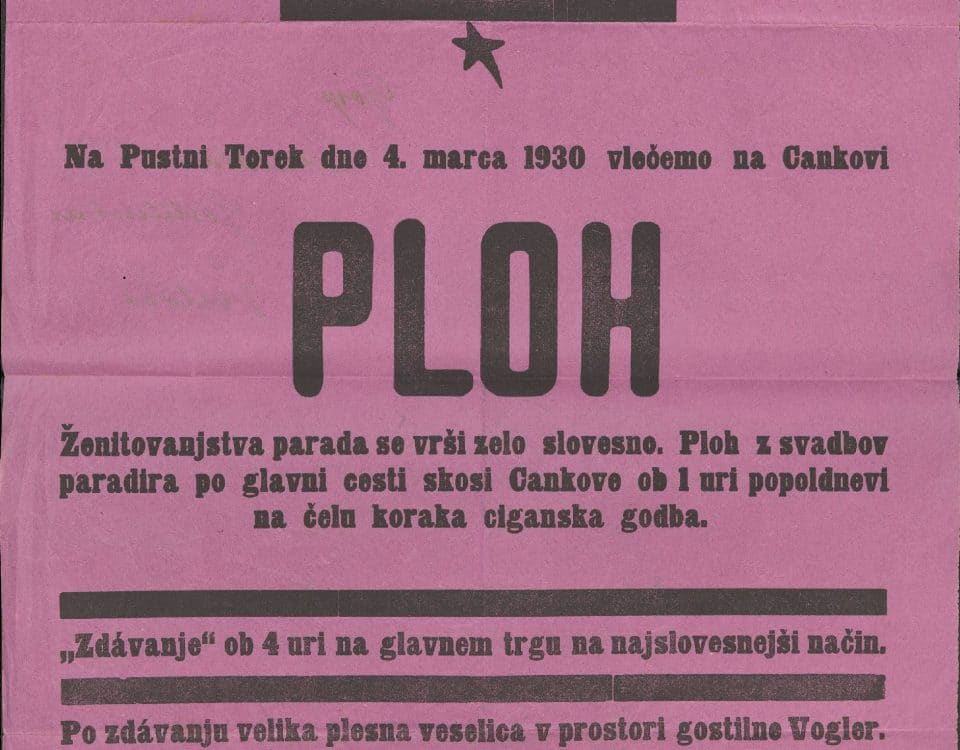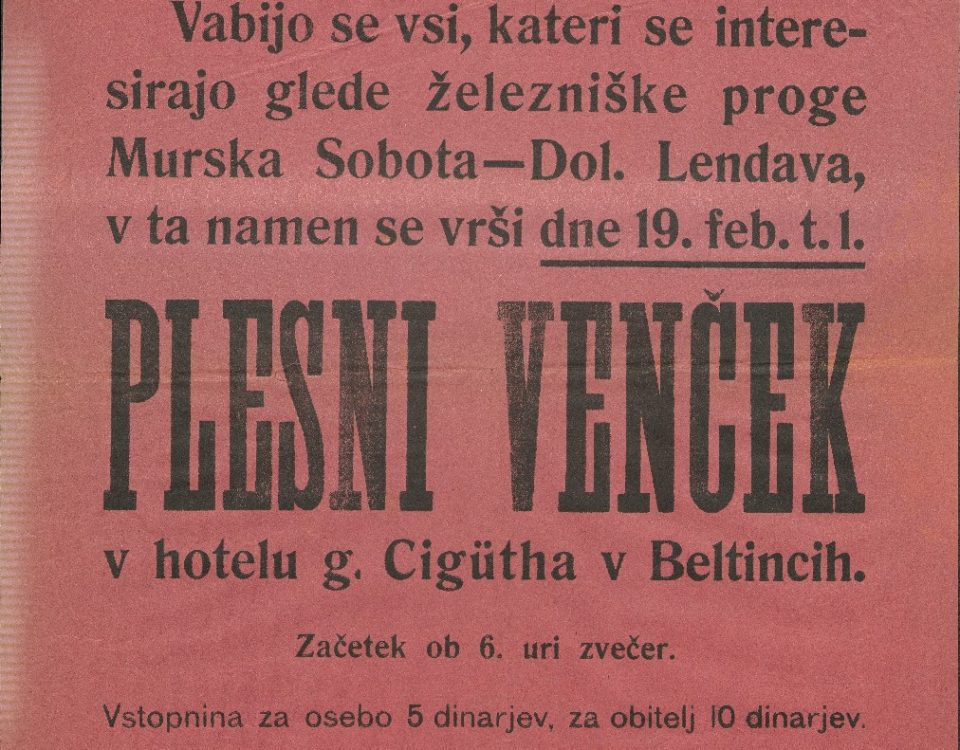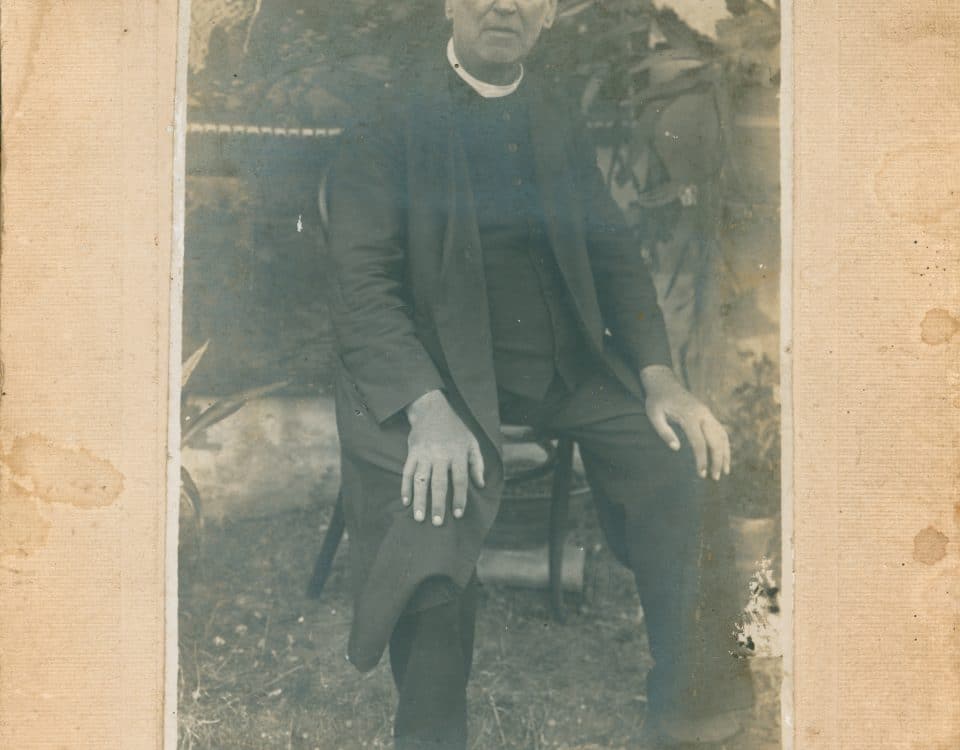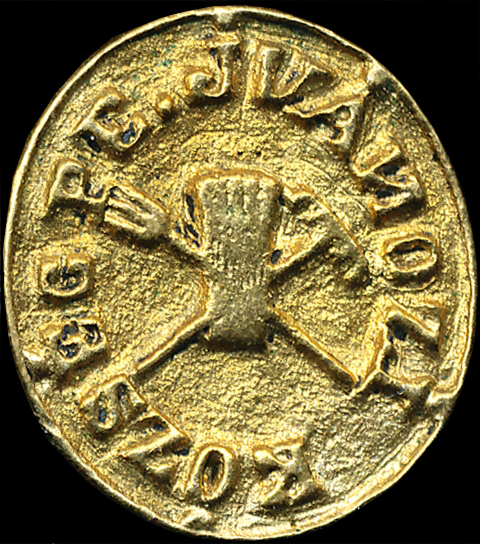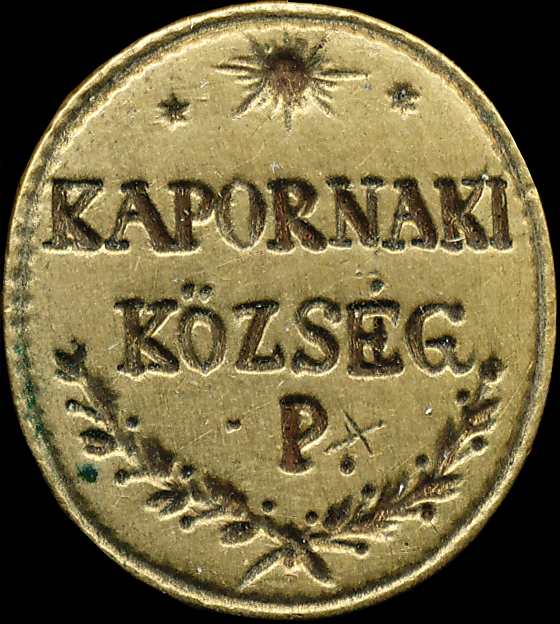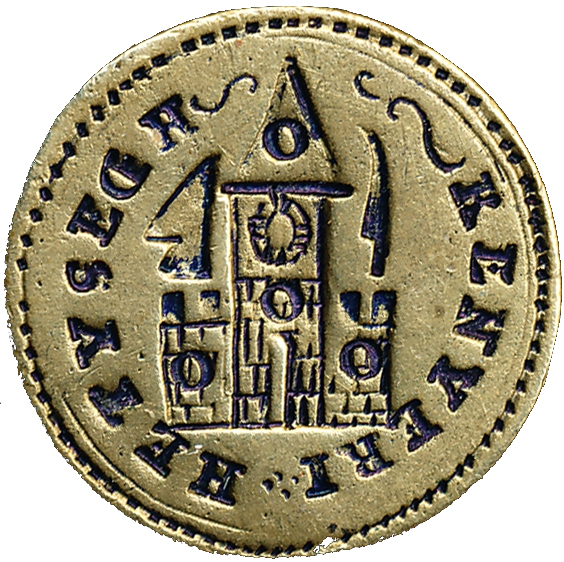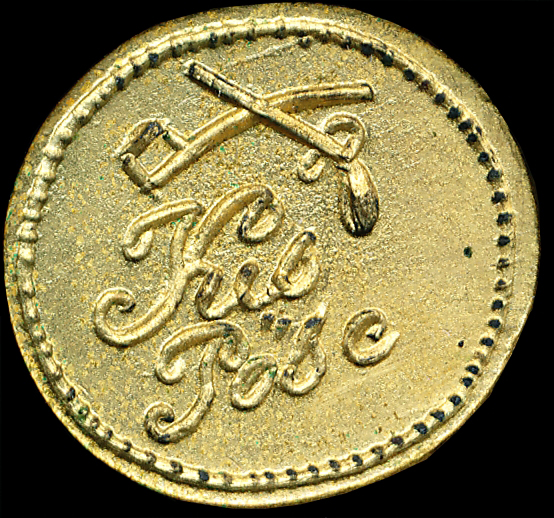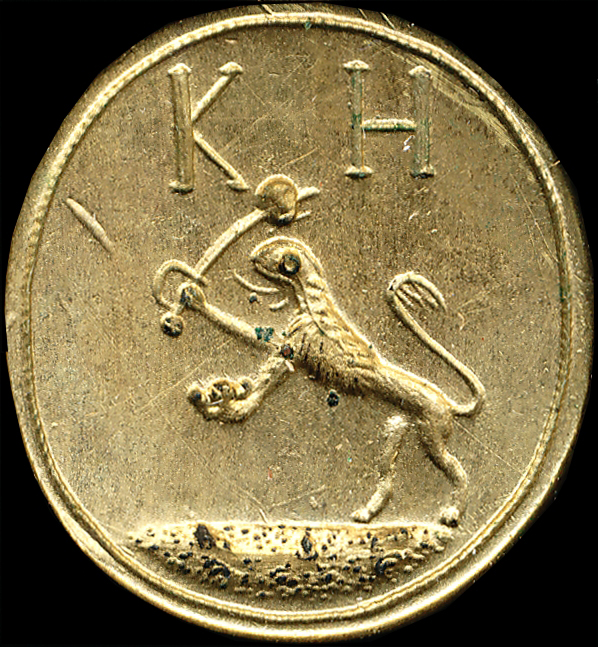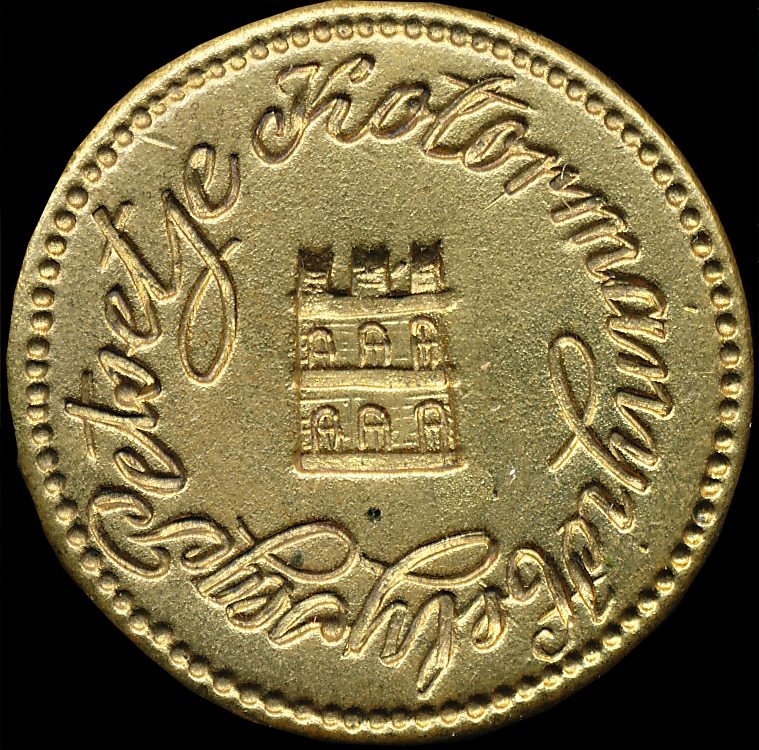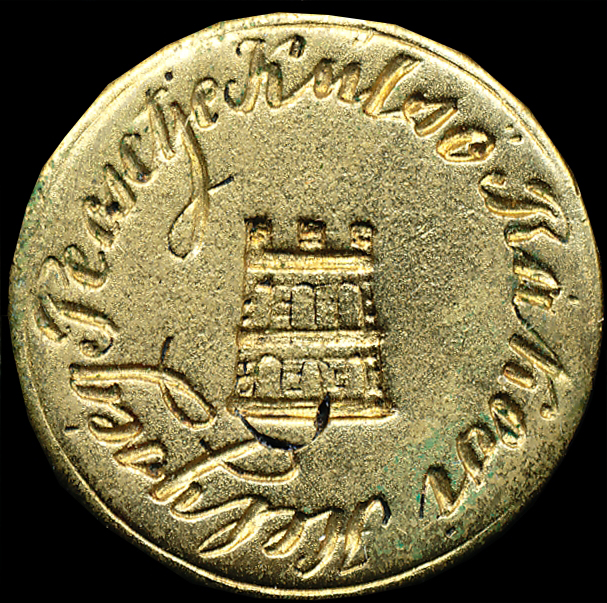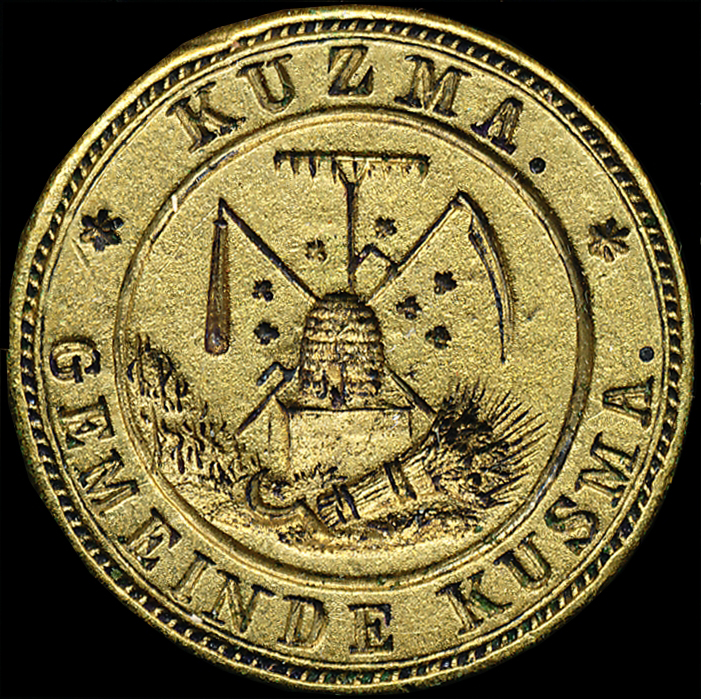Review of documented digitizers
11. February, 2020
According to the Hungarian National Archives of Zalaegerszeg, in November 1870 Tamás Gállits received his industrial permit for his chimney sweeping activity in Lendava. After his death (1892), the trade was continued by his wife, Ilona Parth. His son, Ferenc, ran the business until June 12, 1902, when he committed suicide. The picture shows two…
11. February, 2020
Knife-grinding was one of the old crafts of the Gypsies of the Prekmurje Region. The Prekmurje knife-grinders throughout the Prekmurje Region and Slovenia. They only returned to their homes every three or four months. The knife-grinder was usually accompanied by his wife. The husband grinded tools or repaired umbrellas, and his wife collected the items…
3. May, 2020
Gyula Végh (Vereb, 25 January 1870 - Bozsok, 21 July 1951), art writer, collector, painter, director of the Museum of Applied Arts bought the Bozsok castle from Kálmán Sibrik, whose ancestors had owned it for centuries. Végh made minor modifications to the castle. The sketches published here are not merely technical drawings, but at the…
11. February, 2020
The first telephone exchange in Hodos was established on November 22, 1933. According to Murska krajina newspaper, this day was a true national holiday. Among the guests, besides the technical and postal workers in Ljubljana, there were the director of the post office, dr. Tavzes, district commander, Lipovšek, head of the Murska Sobota post office,…
11. February, 2020
On June 28, 1936, on St. Vitus's Day, a new stadium was opened in Murska Sobota. The architect was Franc Novak and the stadium was named after Alexander I Karađorđević of Yugoslavia. Lieutenant Colonel Milorad Stepanović, representing the then Yugoslavian king, Peter II, attended the opening ceremony. From left to right in the photo: Mayor…
5. May, 2020
The third major victorious battle of the Rákóczi War of Independence took place on 6-7 November 1706 near the border of Győrvár. The Kuruc troops led by Ádám Béri Balogh and Imre Bezerédy defeated the army of Lieutenant General Heister Hannibal which attacked from the direction of Croatia. In 1932, the Battle Memorial was inaugurated…
19. February, 2020
We do not know on what occasion the inventory of the lands and the related usufructs of the Nagynarda parish and its branches: Felsőcsatár and Alsócsatár were prepared. The villagers probably had to reach a settlement with the parish priest on the disputed fees. The inventory also mentions specific individuals who represented the village versus…
11. February, 2020
Ágoston Pável was a linguist, ethnographer and writer from the Prekmurje region. Born on August 23, 1886 in Cankova, he lived and worked in Szombathely, where he died on January 2, 1946. In 1956, on the 70th anniversary of his birth, the Prekmurje Cultural Association of Murska Sobota organized a commemorative ceremony in his native…
11. February, 2020
József Ozvatics from Berkovci and József Novák from Lončarovci decided to emigrate to America in 1904. Even an advance payment was sent to the English travel agency in Rotterdam. József Ozvatics wanted to get back the advance payment because he decided to emigrate to another country. The travel agency sent him a letter on the…
11. February, 2020
Stump-pulling is a carnival tradition very similar to “borovo gostüvanje” log-pulling. In villages where no weddings were held until the carnival, young girls and boys pulled logs or stumps across the village on Carnival Tuesday. Tradition includes wedding ceremonies of “borovo gostüvanje” log-pulling. The carnival habit has a symbolic meaning: it mocked young people who…
11. February, 2020
Rail connections were poor in the Prekmurje Region. In 1909, a main route connected Murska Sobota, Zalalövő and Goričko, while there was no connection between the lowland villages and Lendava. Following the annexation of the Prekmurje to the Kingdom of Serbs, Croats and Slovenes, in 1924, Ljutomer and Murska Sobota were connected by a railway…
11. February, 2020
Ivan Perša, born on April 2, 1861 in Ižakovci, ordained in 1885, chaplain in Grad. He established the Covenant of the Holy Scapulary and the Heart of Jesus and Mary. From May 1887 he continued his work at Alsószölnök until 1894, when he was transferred to Felsőszölnök. His work, written in Prekmurje dialect, entitled Odetno…
18. February, 2020
The use of the seals of the settlements was regulated by the Act XVIII of 1871 on the settlements governance. When the law was enacted, the sub-prefect offices collected all the old typariums and placed them for preservation in the county archives. On these seals the settlements displayed their old, almost forgotten symbols.
19. February, 2020
The use of the seals of the settlements was regulated by the Act XVIII of 1871 on the settlements governance. When the law was enacted, the sub-prefect offices collected all the old typariums and placed them for preservation in the county archives. On these seals the settlements displayed their old, almost forgotten symbols.
18. February, 2020
The use of the seals of the settlements was regulated by the Act XVIII of 1871 on the settlements governance. When the law was enacted, the sub-prefect offices collected all the old typariums and placed them for preservation in the county archives. On these seals the settlements displayed their old, almost forgotten symbols.
18. February, 2020
The use of the seals of the settlements was regulated by the Act XVIII of 1871 on the settlements governance. When the law was enacted, the sub-prefect offices collected all the old typariums and placed them for preservation in the county archives. On these seals the settlements displayed their old, almost forgotten symbols.
19. February, 2020
The use of the seals of the settlements was regulated by the Act XVIII of 1871 on the settlements governance. When the law was enacted, the sub-prefect offices collected all the old typariums and placed them for preservation in the county archives. On these seals the settlements displayed their old, almost forgotten symbols.
17. February, 2020
The use of the seals of the settlements was regulated by the Act XVIII of 1871 on the settlements governance. When the law was enacted, the sub-prefect offices collected all the old typariums and placed them for preservation in the county archives. On these seals the settlements displayed their old, almost forgotten symbols.
19. February, 2020
The use of the seals of the settlements was regulated by the Act XVIII of 1871 on the settlements governance. When the law was enacted, the sub-prefect offices collected all the old typariums and placed them for preservation in the county archives. On these seals the settlements displayed their old, almost forgotten symbols.
19. February, 2020
The use of the seals of the settlements was regulated by the Act XVIII of 1871 on the settlements governance. When the law was enacted, the sub-prefect offices collected all the old typariums and placed them for preservation in the county archives. On these seals the settlements displayed their old, almost forgotten symbols.

